45 semiconductor nanocrystals as fluorescent biological labels
Interface polarization in heterovalent core-shell nanocrystals Colloidal semiconductor NCs exhibit size-dependent tunable bandgap and narrow emission bandwidth 1,2,3,4,5, which put the materials on the map in optoelectronic 6,7,8,9,10,11,12 and biological ... The Redox Chemistry at the Interface for Retrieving and ... - ResearchGate Luminescent semiconductor nanocrystals or quantum dots (QDs) provide exquisite electro-optical properties that are ideal for biological sensing applications.
› doi › 10Semiconductor Nanocrystals as Fluorescent Biological Labels ... Sep 25, 1998 · In semiconductor nanocrystals, the absorbance onset and emission maximum shift to higher energy with decreasing size ().The excitation tracks the absorbance, resulting in a tunable fluorophore that can be excited efficiently at any wavelength shorter than the emission peak yet will emit with the same characteristic narrow, symmetric spectrum regardless of the excitation wavelength (Fig. 1B).
Semiconductor nanocrystals as fluorescent biological labels
Competitive Performance of Carbon "Quantum" Dots in Optical Bioimaging Small carbon nanoparticles have been shown as versatile precursors for brightly fluorescent nano-dots 1-15, with the observed optical properties in solution phenomenologically similar to and performance-wise comparable with those of the well-established semiconductor quantum dots (QDs) 9, 16-19. Histology, Staining - StatPearls - NCBI Bookshelf Recently, there has been the use of fluorolabeling, where a fluorogenic semiconductor releases small 6nm nanoparticles at the silver depositions and produces colors. The diameter range of the silver particles that form correlates to different colors. Impact of Silver Nanoparticles on Neurodevelopment and ... - IntechOpen 1. Introduction. Engineered nanomaterials (ENMs) are ultra-fine materials (ranging from 1 to 100 nm in length or diameter) that are currently being developed for diverse applications due to their unique optical, electrical, and thermal properties [1, 2, 3].Among them, silver nanoparticles (AgNPs) are one of the most widely used in medical and commercial products for their unique antibacterial ...
Semiconductor nanocrystals as fluorescent biological labels. Past, present and future of indium phosphide quantum dots Indium phosphide (InP) colloidal quantum dots (QDs) have been drawn significant attention as a potentially less toxic alternative to cadmium-based QDs over the past two decades. The advances in their colloidal synthesis methods have allowed for the synthesis of a wide variety of compositions, heterojunctions, dopants, and ligands that enabled spectral tunability from blue to near-infrared ... Cd+2-sensing property of highly luminescent CdTe nanocrystals in the ... Fluorescence organic dyes and semiconductor nanocrystals (NCs) have also been commonly used in fluorescence sensors (Ehtesabi 2020; Pourghobadi et al. 2021). It should be noted that the use of organic dyes in fluorescence sensors has such problems as low water solubility, low luminous efficiency, and poor photostability (Costa-Fernandez et al. 2006 ). Employing Synergistic Strategies to Advance Nanomedicine - AZoNano.com Through the use of pooled cell screening, the same formulations can be screened against hundreds of cell lines simultaneously, providing insight into the biological features mediating successful nanocarrier targeting and uptake. Alternatively, barcoding strategies can be implemented to pool nanocarriers for accelerated biological screening. › topics › engineeringQuantum Confinement Effect - an overview | ScienceDirect Topics In Nanostructured Semiconductor Oxides for the Next Generation of Electronics and Functional Devices, 2014. 6.5.2 PbS and PbSe quantum dot layers. It has been reported that the quantum confinement effect contributes to the extension of the photovoltaic potential of low-bandgap semiconductors such as PbS or PbSe (bandgaps are about 0.41 157 and 0.27 eV 158 for PbS and PbSe, respectively) by ...
How do you prepare quantum dots? - Peculiarities Bite Colloidal fluorescent semiconductor nanocrystals known as quantum dots are roughly spherical, have distinctive optical, electronic, and photophysical properties, and have exciting potential uses in biological labeling, imaging, and detection as well as as effective fluorescence resonance energy transfer donors. What are quantum dots used for? Fluorescent nanocrystal quantum dots as medical diagnostic tools QDs are fluorescent semiconductor nanocrystals from 2 to 10 nm in diameter characterized by a wide absorption spectrum and a narrow emission spectrum, as shown in Fig. 1. A high photostability and... Nanomaterials | Free Full-Text | Fluorescent Biosensors Based on ... - MDPI In fluorescent sensors, Si NWs are employed as substrate and coupled with several fluorophores, NWs can be used as quenchers in stem-loop configuration, and have recently been used for direct fluorescent sensing. Time for NanoNeuro | Nature Methods Bruchez, M. Jr. Semiconductor nanocrystals as fluorescent biological labels. Science 281 , 2013-2016 (1998). CAS PubMed Article Google Scholar
(PDF) Scanning luminescence x-ray microscopy exploring the use of ... PDF | On Jan 1, 2006, Jan Steinbrener published Scanning luminescence x-ray microscopy exploring the use of quantum dot nanocrystals as high spatial resolution biological labels | Find, read and ... Universal precursors dispersed in Vaseline-octadecene gel for ... A great variety of high-quality inorganic nanocrystals are synthesized solely in hydrocarbon solvents in both academic and industrial settings on a daily basis, which is largely complicated by lack of simple precursors containing inorganic element(s) yet soluble in the reaction solvents at ambient temperatures. Here, we introduce a new strategy for preparing the precursors, namely inorganic ... What makes the use of quantum dots in biomedical research so exciting ... Quantum dots are semiconductor nanocrystals that make excellent probes for bioimaging applications due to their broad excitation spectra, narrow emission spectra, tunable emission peaks, long fluorescence lifetimes, negligible photobleaching, and ability to bind to proteins. Which of the following is the biomedical applications of quantum dot? Are quantum dots ready for in vivo imaging in human subjects? QDs are fluorescent semiconductor nanoparticles that can be used for both in vitro and in vivo multiplexed imaging. Quantum dots are semiconductor nanocrystals that make excellent probes for bioimaging applications due to their broad excitation spectra, narrow emission spectra, tunable emission peaks, long fluorescence lifetimes, negligible photobleaching, and ability to bind to proteins.
Multifaceted Approaches to Engineer Fluorescence in Nanomaterials via a ... Fluorescent nanomaterials have long been recognized as essential contributors to the advancement of material technologies. Over the years, the rapid expansion in this massive selection of materials has led to the emergence of systems with tunable and unique fluorescent properties, occupying pivotal roles across niche areas in imaging, photonics, micro-encryption, and steganographic applications.
Synthesis of Semiconductor Nanocrystals in Organic Solvents Colloidal semiconductor nanocrystals (NCs) are crystalline particles with diameters ranging typically from 1 to 10 nm, comprising some hundreds to a few thousands of atoms. The inorganic core ...
Multichannel Fluorescence Microscopy: Advantages of Going beyond a ... There is a large variety of luminescent particles that are used in microscopy studies, such as semiconductor nanocrystals ... cellular organelle: B.1) nucleus in green channel, and C.1) acting filaments in red channel making use of distinct fluorescent labels. ... multilabeling can facilitate the full understanding of biological processes that ...
› articles › s41377/022/00913-6Liquid crystal-templated chiral nanomaterials: from chiral ... Jul 14, 2022 · The strong interaction of chiral nanomaterials with electromagnetic waves in the spectral regions, ranging from microwave and terahertz to infrared, visible and ultraviolet regions, is the ...
Biosynthesis of quantum dots and their usage in solar cells: insight ... Quantum dots (QDs) are three-dimensional (3D) quantum confinement materials with confined size on the nanoscale. They are semiconductors, possessing a tunable energy gap in the range of visible light energy. In QDs, the 3D quantum confinements of excitons result in tunable fluorescence emission relying upon the QDs size and shape when excited by monochromatic light. Besides, the attempts to ...
en.wikipedia.org › wiki › Quantum_dotQuantum dot - Wikipedia Quantum dots (QDs) are semiconductor particles a few nanometres in size, having optical and electronic properties that differ from those of larger particles as a result of quantum mechanics.They are a central topic in nanotechnology.When the quantum dots are illuminated by UV light, an electron in the quantum dot can be excited to a state of higher energy.
› us › enFluorescence Fundamentals | Thermo Fisher Scientific - US A fluorescent probe is a fluorophore designed to respond to a specific stimulus or to localize within a specific region of a biological specimen. The process responsible for the fluorescence of fluorescent probes and other fluorophores is illustrated by the simple electronic-state diagram (Jablonski diagram) shown in Figure 2.
Advances and Challenges of Fluorescent Nanomaterials for ... - SpringerOpen With the rapid development of nanotechnology, new types of fluorescent nanomaterials (FNMs) have been springing up in the past two decades. The nanometer scale endows FNMs with unique optical properties which play a critical role in their applications in bioimaging and fluorescence-dependent detections. However, since low selectivity as well as low photoluminescence efficiency of fluorescent nanomaterials hinders their applications in imaging and detection to some extent, scientists are ...
pubs.acs.org › doi › 10Fluorescent Nanoparticles for Super-Resolution Imaging Super-resolution imaging techniques that overcome the diffraction limit of light have gained wide popularity for visualizing cellular structures with nanometric resolution. Following the pace of hardware developments, the availability of new fluorescent probes with superior properties is becoming ever more important. In this context, fluorescent nanoparticles (NPs) have attracted increasing ...
A Composite Catalytic Oxidation-fluorescence Sensing ... - SpringerLink Bruchez M, Moronne M, Alivisatos AP, et al. Semiconductor Nanocrystals as Fluorescent Biological Labels[J]. Science, 1998, 281: 2 013-2 016. CAS Article Google Scholar Chan WCW, Nie S. Quantum Dot Bioconjugates for Ultrasensitive Nanisotopic Detection[J]. Science, 1998, 281: 2 016-2 018
How are quantum dots used for imaging? - Peculiarities Bite Fluorescent quantum dots (QDs) can be used for long-term and multicolor imaging of cellular and molecular interactions. How are quantum dots made? Benchtop colloidal synthesis is the most affordable and straightforward way to produce quantum dots; electrochemical methods and chemical vapour deposition (CVD) can be used to produce ordered arrays ...
› what_are_quantum_dotsWhat are quantum dots? - Nanowerk Quantum dots (QDs) are man-made nanoscale crystals that that can transport electrons. When UV light hits these semiconducting nanoparticles, they can emit light of various colors. These artificial semiconductor nanoparticles that have found applications in composites, solar cells and fluorescent biological labels.
Core/Shell NaGdF4:Nd3+/NaGdF4 Nanocrystals with Efficient Near-Infrared ... The PL spectrum of colloidal NaGdF 4 nanocrystals doped with 3% Nd 3+ (hexane suspension) under laser excitation at 740 nm is shown in Figure 2A.Three PL bands are clearly resolved; they have maxima at ~860-900, ~1050, and ~1330 nm, corresponding to the transitions from the 4 F 3/2 state to the 4 I J (J=9/2, 11/2, 13/2) state of Nd 3+ ions, respectively. The generation mechanism is based on ...
Histology, Staining Article - StatPearls Recently, there has been the use of fluorolabeling, where a fluorogenic semiconductor releases small 6nm nanoparticles at the silver depositions and produces colors. The diameter range of the silver particles that form correlates to different colors.
Ultrafast spectroscopy studies of carrier dynamics in semiconductor ... There are numerous demonstrated and proposed uses for semiconductor nanocrystals. As a semiconductor with a quantum-mechanically enhanced ability to absorb light and thus generate a charge pair, nanocrystals are an obvious candidate for solar cells (Kamat, 2008,2013; McDonald et al., 2005; Nozik, 2002; Sargent, 2012; Swafford and Rosenthal, 2003; Underwood et al., 2001a).
High-quantum yield alloy-typed core/shell CdSeZnS/ZnS quantum dots for ... The alloy QDs maintained a higher QY in hydrophilization for biological applications than MQDs. And also, alloy QDs showed the potential as nanoprobes for highly sensitive bioimaging analysis. Quantum dots (QDs) have been used as fluorophores in various imaging fields owing to their strong fluorescent intensity, high quantum yield (QY), and narrow emission bandwidth.
A Critical Scrutiny on Liposomal Nanoparticles Drug Carriers ... - Hindawi M. Bruchez, M. Moronne, P. Gin, S. Weiss, and A. P. Alivisatos, "Semiconductor nanocrystals as fluorescent biological ... and T. Nann, "Quantum dots versus organic dyes as fluorescent labels," Nature Methods ... D. S. Ko et al., "Influence of vesicle size, lipid composition, and drug-to-lipid ratio on the biological activity of ...
Impact of Silver Nanoparticles on Neurodevelopment and ... - IntechOpen 1. Introduction. Engineered nanomaterials (ENMs) are ultra-fine materials (ranging from 1 to 100 nm in length or diameter) that are currently being developed for diverse applications due to their unique optical, electrical, and thermal properties [1, 2, 3].Among them, silver nanoparticles (AgNPs) are one of the most widely used in medical and commercial products for their unique antibacterial ...
Histology, Staining - StatPearls - NCBI Bookshelf Recently, there has been the use of fluorolabeling, where a fluorogenic semiconductor releases small 6nm nanoparticles at the silver depositions and produces colors. The diameter range of the silver particles that form correlates to different colors.
Competitive Performance of Carbon "Quantum" Dots in Optical Bioimaging Small carbon nanoparticles have been shown as versatile precursors for brightly fluorescent nano-dots 1-15, with the observed optical properties in solution phenomenologically similar to and performance-wise comparable with those of the well-established semiconductor quantum dots (QDs) 9, 16-19.
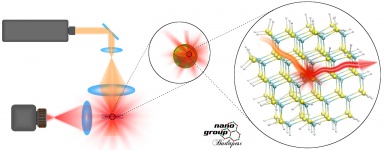









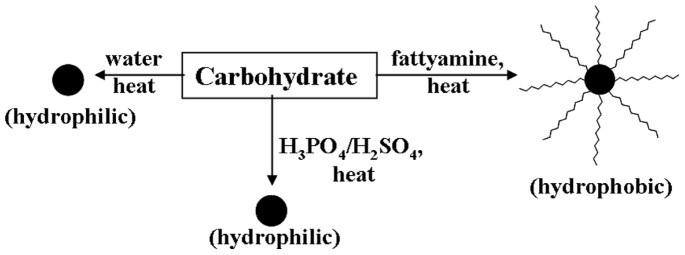
![PDF] Properties of Fluorescent Semiconductor Nanocrystals and ...](https://d3i71xaburhd42.cloudfront.net/981258acf35431bfbd83d284071a80afecdd27d6/8-Figure6-1.png)
![PDF] Properties of Fluorescent Semiconductor Nanocrystals and ...](https://d3i71xaburhd42.cloudfront.net/981258acf35431bfbd83d284071a80afecdd27d6/4-Figure1-1.png)
![PDF] Properties of Fluorescent Semiconductor Nanocrystals and ...](https://d3i71xaburhd42.cloudfront.net/981258acf35431bfbd83d284071a80afecdd27d6/7-Figure5-1.png)
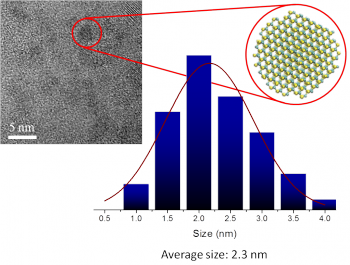




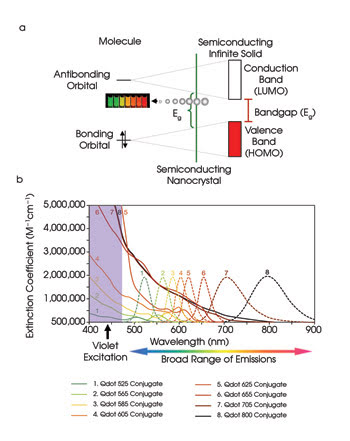
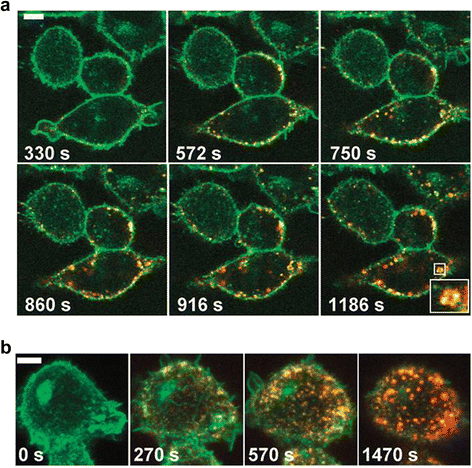
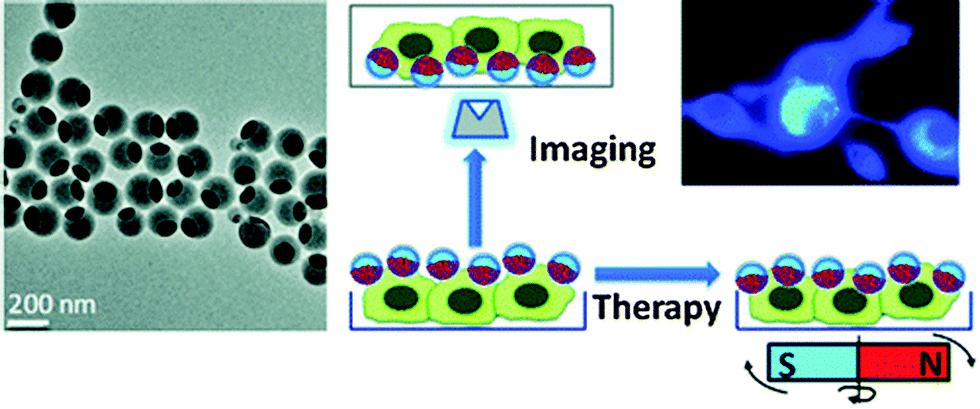

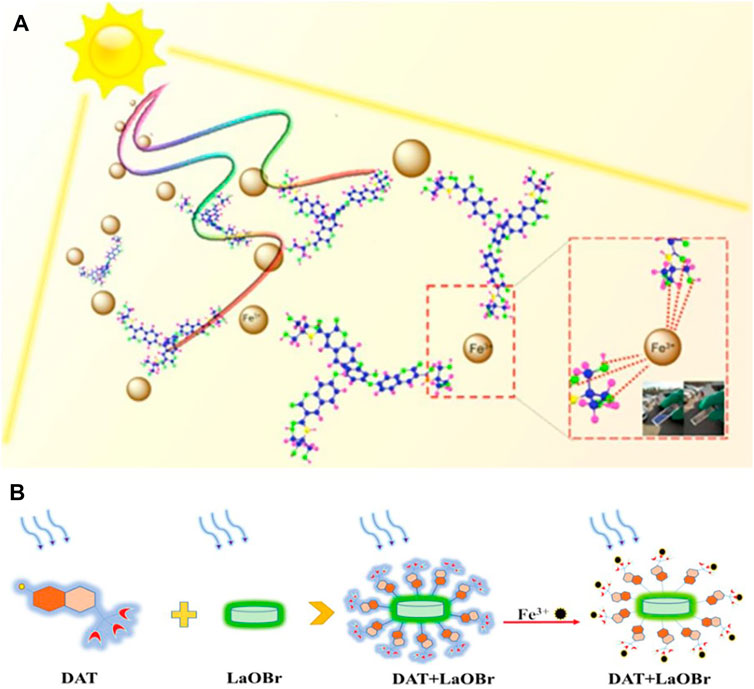

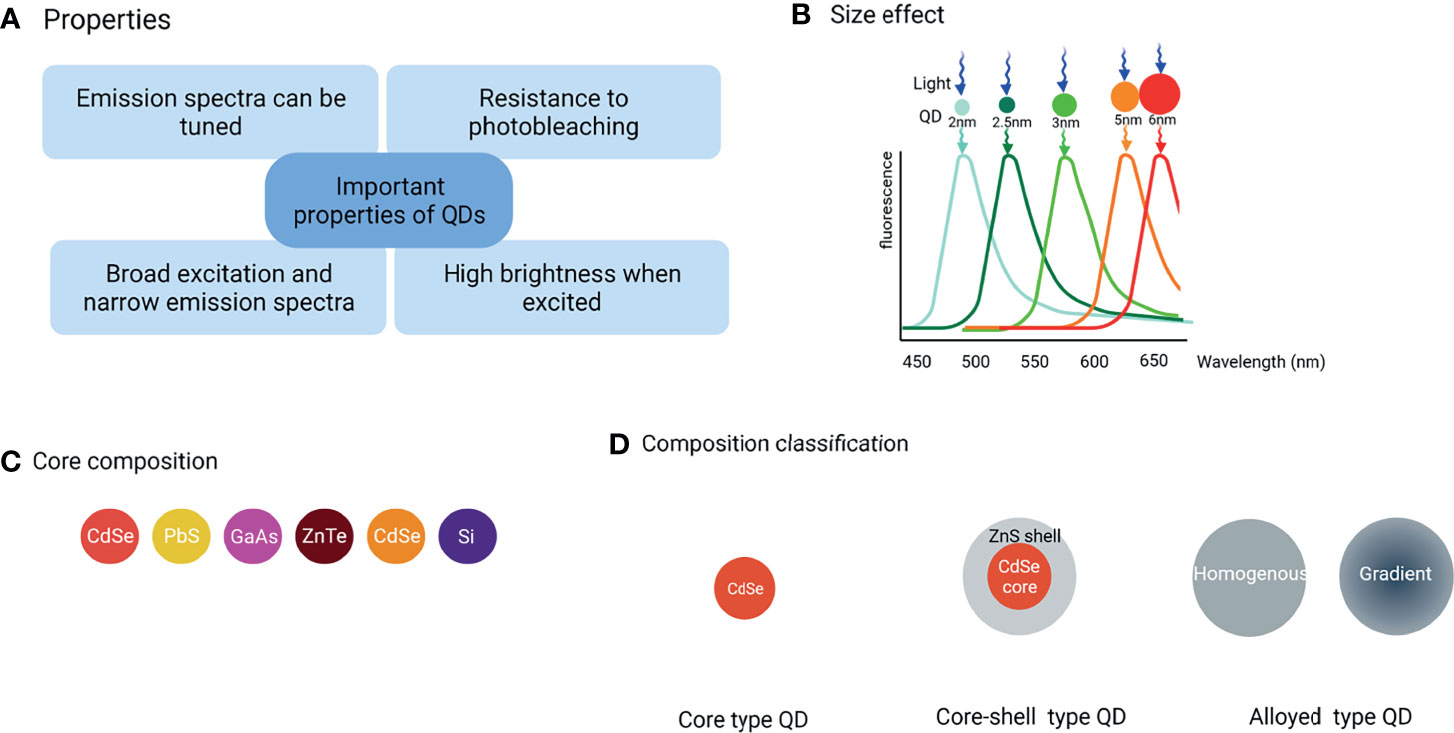
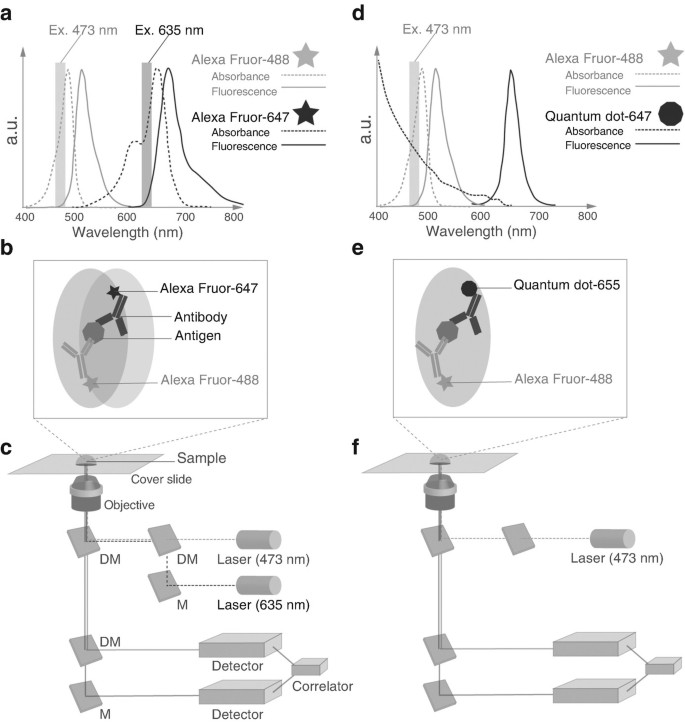



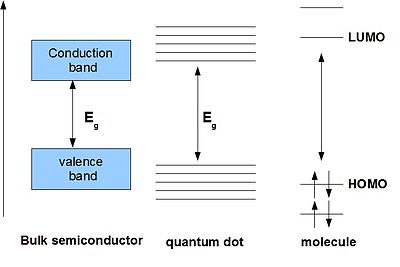




Post a Comment for "45 semiconductor nanocrystals as fluorescent biological labels"